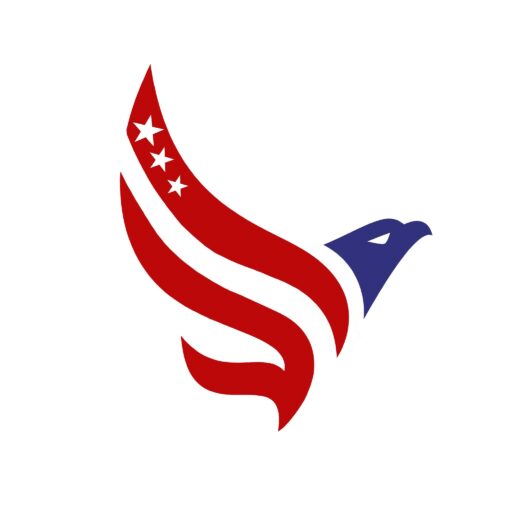In today’s rapidly evolving digital landscape, the concept of freedom of speech has taken on new dimensions, particularly in the realm of artificial intelligence (AI). This isn’t just about any ordinary freedom of speech; it’s about freedom of speech on a critically important issue that demands robust debate and open dialogue.
Addressing the Student Debt Crisis: A Proposal for Tuition-Free Public College and University
Un problema común en Estados Unidos es el costo creciente de la educación superior y la carga de la deuda por préstamos estudiantiles. Muchos estudiantes y graduados luchan contra una deuda abrumadora, que puede retrasar importantes hitos de la vida, como comprar una casa, formar una familia o ahorrar para la jubilación.
Solución: colegios y universidades públicos gratuitos
La implementación de un sistema de colegios y universidades públicos gratuitos podría ser una solución viable a este problema. Así es como podría funcionar:
Fondos:
1. **Financiamiento federal y estatal**: El gobierno federal podría trabajar en conjunto con los gobiernos estatales para proporcionar financiamiento para colegios y universidades públicos gratuitos.
2. **Impuestos**: Implementar un impuesto modesto sobre las personas con altos ingresos o las grandes corporaciones podría ayudar a financiar el sistema gratuito de matrícula.
3. **Subvenciones y becas**: la utilización de subvenciones federales y estatales, así como becas privadas, puede complementar la financiación.
Elegibilidad y requisitos:
1. **Becas basadas en el mérito y en la necesidad**: Las becas podrían otorgarse en función del mérito académico y la necesidad financiera para garantizar que los estudiantes más merecedores tengan acceso a la educación superior.
2. **Rendimiento académico**: Los estudiantes deberán mantener un GPA determinado para seguir siendo elegibles para el programa.
3. **Servicio comunitario**: La implementación de un requisito de servicio comunitario podría alentar a los estudiantes a contribuir a sus comunidades mientras obtienen sus títulos.
1. **Deuda estudiantil reducida**: Con los costos de matrícula cubiertos, los estudiantes se graduarían con una deuda significativamente menor o sin deuda, lo que les permitiría comenzar sus carreras sin la carga de los pagos del préstamo.
Beneficios:
2. **Mayor accesibilidad**: Un sistema gratuito de matrícula haría que la educación superior fuera más accesible para los estudiantes de familias de bajos ingresos y comunidades subrepresentadas.
3. **Estímulo económico**: Una fuerza laboral más educada podría generar un mayor potencial de ingresos, un mayor gasto de los consumidores y crecimiento económico.
Implementación:
1. **Programas piloto**: comience implementando programas gratuitos en estados seleccionados o en instituciones específicas para evaluar la efectividad y hacer los ajustes necesarios.
2. **Implementación por fases**: ampliar gradualmente el programa a lo largo de varios años para garantizar financiación y apoyo sostenibles.
3. **Asociaciones público-privadas**: Colaborar con empresas y organizaciones privadas para crear oportunidades de pasantías y colocación laboral para estudiantes, mejorando sus perspectivas de posgrado.
Al implementar un sistema de colegios y universidades públicos gratuitos, Estados Unidos puede abordar la crisis de la deuda estudiantil, promover el acceso igualitario a la educación superior y estimular el crecimiento económico.


